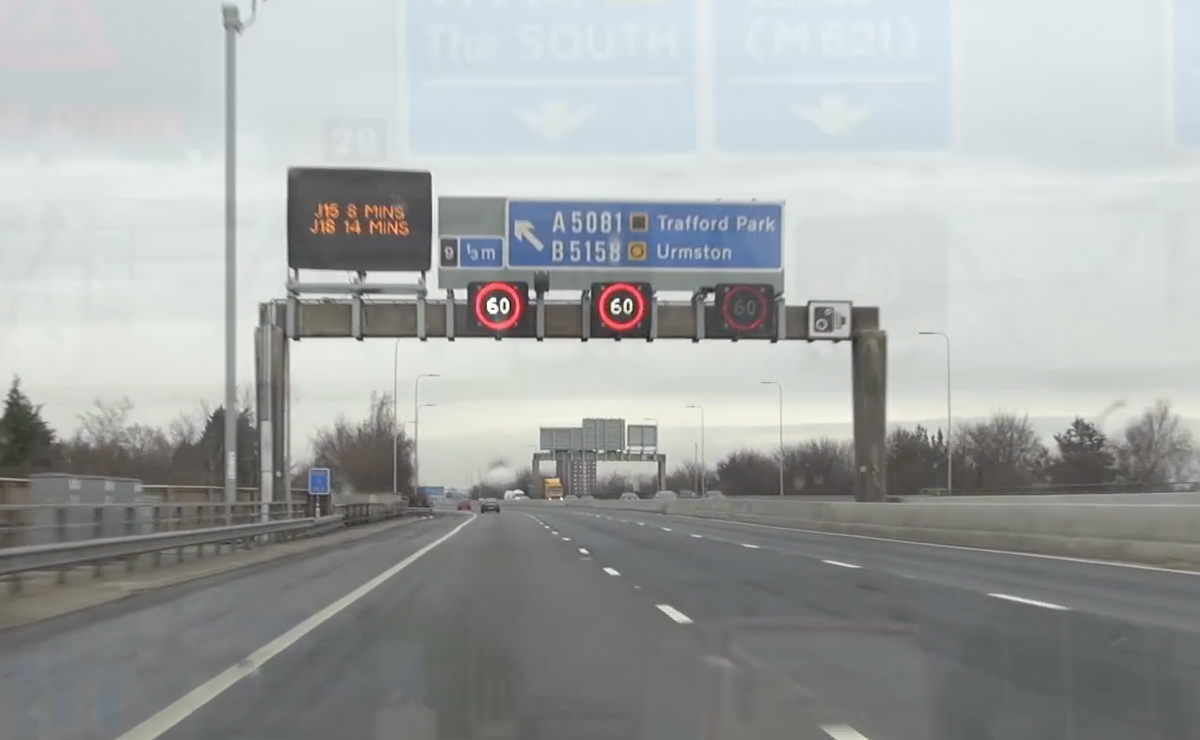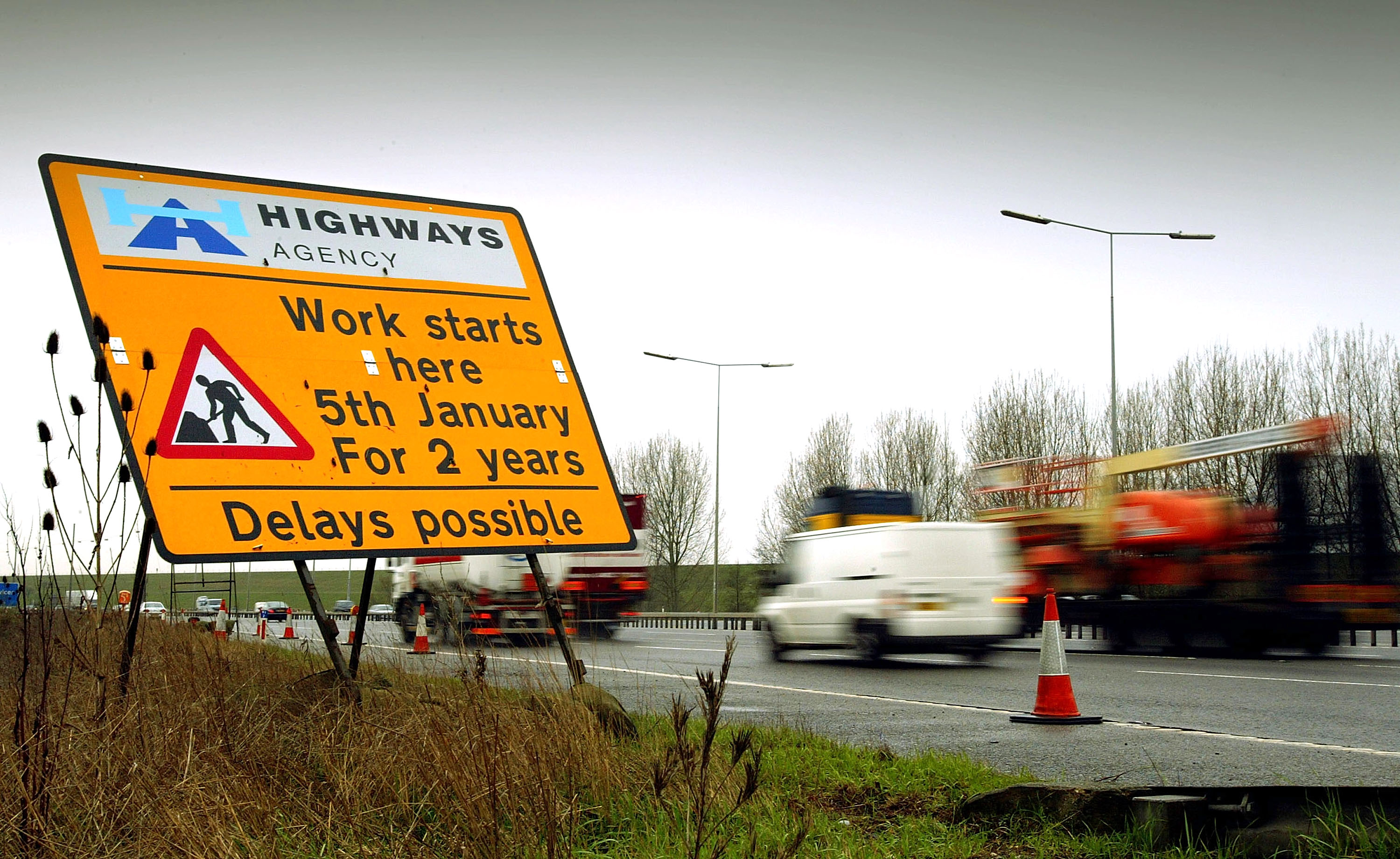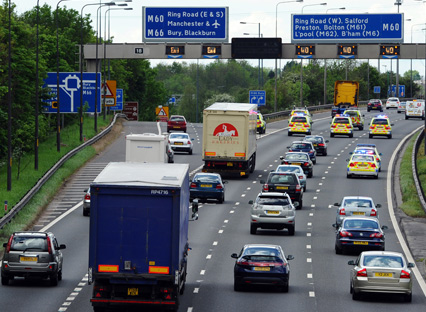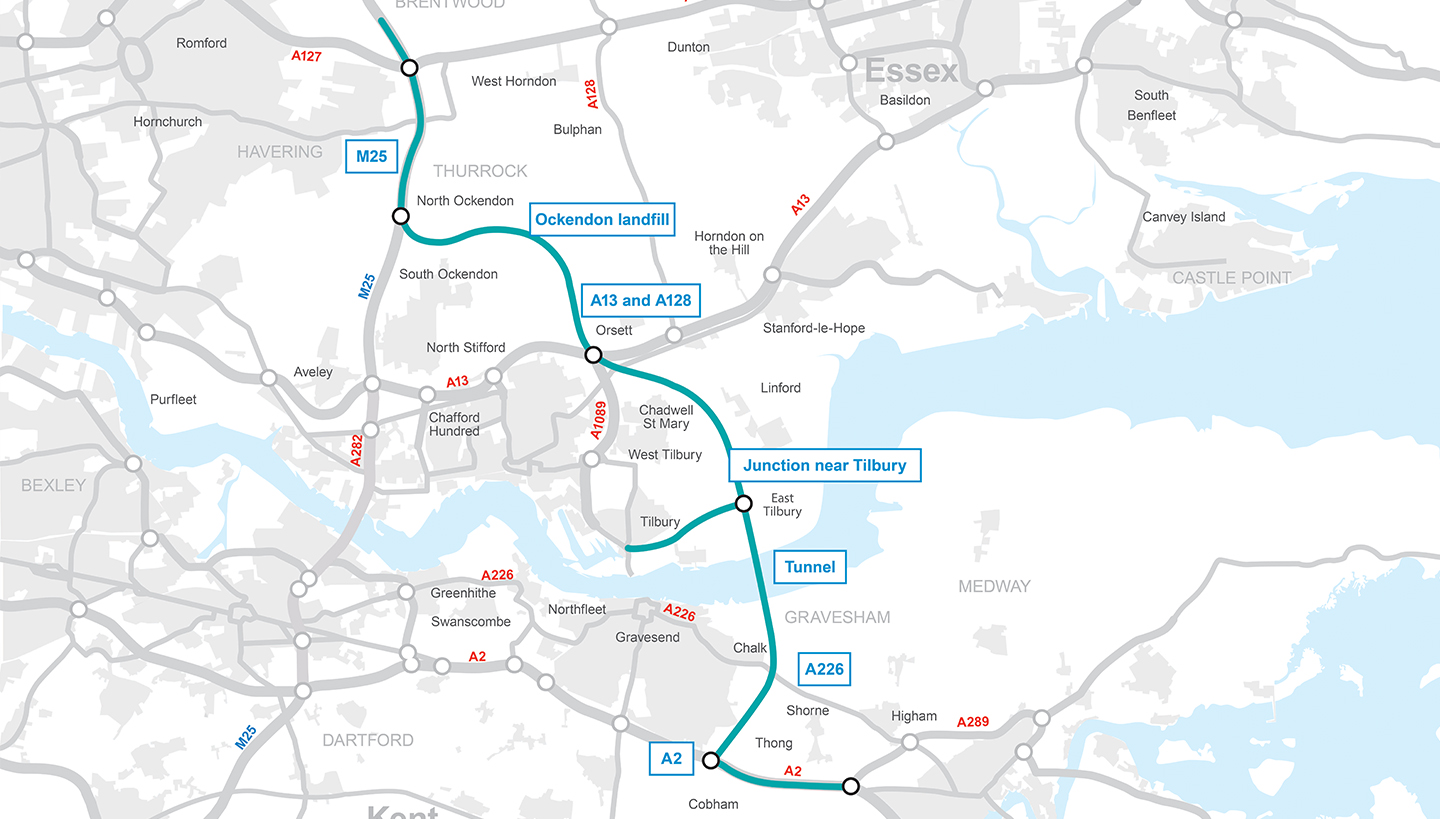How safe are smart motorways?
Motorways without hard shoulders could soon be a thing of the past, according to the PM-in-waiting

Liz Truss says the UK’s experiment with smart motorways has failed and should be brought to an end.
The frontrunner in the race to be the next prime minister made the comments in response to an audience member’s question during the final Conservative leadership hustings, which took place at Wembley Stadium on Wednesday night.
When asked where she stood on smart motorways, the foreign secretary said she thought “the smart motorways experiment hasn’t worked”. She pledged to “review them and stop them, if they’re not working, as soon as possible”.
The Week
Escape your echo chamber. Get the facts behind the news, plus analysis from multiple perspectives.

Sign up for The Week's Free Newsletters
From our morning news briefing to a weekly Good News Newsletter, get the best of The Week delivered directly to your inbox.
From our morning news briefing to a weekly Good News Newsletter, get the best of The Week delivered directly to your inbox.
Truss also said she would be “prepared to look at” ending variable speed limits on motorways.
Smart motorways are “controversial with many Tory members”, said The Independent, who are concerned that they “increase the risk of accidents”. Road safety campaigners have also called for a review. An RAC report published last year found “a sharp increase in safety concerns about smart motorways”, with more than half of drivers who have used them saying they feel unsafe.
In January, Transport Secretary Grant Shapps paused the rollout of smart roads following concerns raised by campaigners and a Daily Mail investigation which found potentially life-threatening safety failures in the road network’s control rooms. The Department for Transport said the scheme would be delayed until a full five years’ worth of safety data had been collected.
What are smart motorways?
First trialled in the West Midlands in 2006, smart motorways use a series of scanners, cameras, lane closures and variable speed limits in an attempt to keep traffic moving when there is congestion, roadworks, traffic jams and accidents. However, the term “smart motorway” wasn’t coined until 2013.
A free daily email with the biggest news stories of the day – and the best features from TheWeek.com
The AA lists three types of smart motorways, which vary slightly:
- Controlled motorway: multiple lanes, variable speed limits and a hard shoulder for “emergencies only”.
- Dynamic hard shoulder - variable speed limits and a hard shoulder that can be turned into a fourth lane when needed. Drivers are told via electric overhead signs to use the hard shoulder during peak hours.
- All lanes running - variable speed limits and a permanent fourth lane instead of a hard shoulder. Emergency refuge areas are found every mile or mile-and-a-half.
The aim of these roads is to keep traffic smoothly flowing, with variable speed limits to help control traffic jams or rush hour surges.
Where are they?
England’s smart motorways cover a total of more than 400 miles. According to the AA, the smart motorway sections can be found on the following highways:
- M1 (Watford, London, to Leeds, West Yorkshire – J6a to 13, J16 to 19, J24 to 25, J28 to 35a, J39 to 42)
- M3 (Sunbury-on-Thames, Surrey, to Southampton, Hampshire - J2 to 4a)
- M4 (Chiswick, London, to Swansea, South Wales – J3 to 12))
- M5 (West Bromwich, West Midlands, to Exeter, Devon – J4a to 6)
- M6 (Between Rugby and Coventry, Warwickshire and West Midlands, to Gretna, Scotland – J2 to 4, J10a to 13, J13 to 15, J16 to 19)
- M20 (Swanley, Kent, to Folkestone, Kent – J3 to 5)
- M23 (Hooley, Surrey to Pease Pottage, West Sussex – J8 - 10)
- M25 (London ring road – J5 to 6/7, J23 to 27)
- M27 (Cadnam, Hampshire to Portsmouth, Hampshire – J4 to 11)
- M62 (Liverpool, Merseyside, to North Cave, East Yorkshire - J10 to 12, J18 to 20, J25 to 26)
Are smart motorways safe?
Critics have long argued that smart motorways are unsafe because they do not have a hard shoulder where drivers who break down can safely stop and exit their vehicle, rather than being marooned amid speeding traffic.
In 2019, an AA survey of more than 15,000 UK drivers found 71% felt all lane running motorways felt more dangerous than those with a permanent hard shoulder.
The figures showed that on one section of the M25, outside London, the number of near misses had risen 20-fold since the hard shoulder was removed in April 2014. In the five years before the road was converted into a smart motorway, just 72 near misses were recorded. In the five years following the conversion, 1,485 were recorded.
In March 2020, the government published a report on the safety of smart motorways, including recommendations to build public confidence, including making emergency areas more visible, and investigating specific sections of the motorway network that had been raised as concerns.
A year later, a report by National Highways highlighted that 58 casualties had been recorded on the live lanes of smart motorways between 2015 and 2019, compared to 341 on conventional motorways. It concluded that work on creating additional emergency areas and upgrading cameras would soon begin.
In August 2021, a whistleblower at National Highways told The Telegraph that “someone is going to get killed” because of signalling problems across the smart motorways control systems.
The Mail’s investigation was published weeks later, with an undercover reporter discovering “alarming problems” with the “killer roads” during the six-week operation. Fatal crashes had not been caught on CCTV cameras because of software failures and “faulty or misplaced technology”, the paper said.
Many of the footage feeds in the National Highways control room showed “clouds, the ground or the message ‘no input available’” rather than the roads, it was reported. And more than one in ten of the motorways’ safety cameras were said to be “broken, misted up or facing the wrong way” during the reporter's undercover stint.
In response to the Mail's investigation, the Department for Transport said: “Road safety is always our top priority. We take these claims very seriously and will ensure National Highways conducts a thorough investigation.”
National Highways’ chief executive Harris said: “We recognise concerns continue to be raised about smart motorways. These upgrades work as a system, with technology, infrastructure and people working together, and data shows fatalities are less likely than on conventional motorways. If there is a problem with any one part of the system, other parts are activated to help keep traffic moving safely.”
-
 Conservative Party Conference: £25bn set aside for major road upgrades
Conservative Party Conference: £25bn set aside for major road upgradesIn Depth Funds from taxpayer and borrowing will be used to improve 14 English routes
-
 Are the UK’s road signs dangerous?
Are the UK’s road signs dangerous?In Depth Drivers tell transport watchdog that obscured junction numbers can lead to hazardous motorway incidents
-
 Lower Thames Crossing: everything you need to know
Lower Thames Crossing: everything you need to knowIn Depth Controversial £6bn scheme out to consultation after being approved by Transport Secretary Chris Grayling


